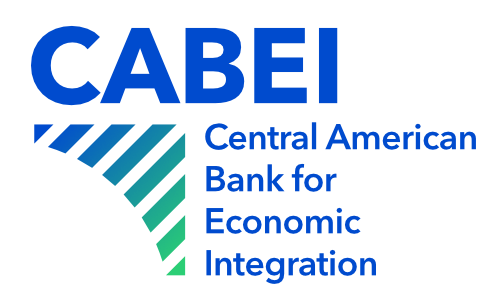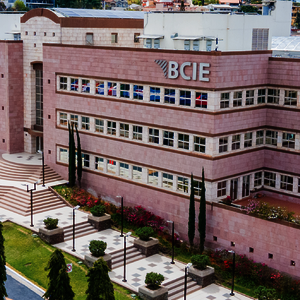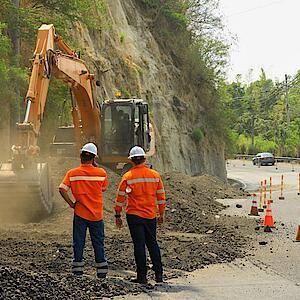Major road infrastructure development in Costa Rica progresses with CABEI's financial support

The US$340 million program, plus the recent US$90.5 million addendum, have enabled the implementation of ten strategic works benefiting more than one million Costa Ricans.
San José, April 21st, 2021. – Six of the ten works included in the Strategic Road Infrastructure Works Program financed by the Central American Bank for Economic Integration (CABEI) have already been completed in Costa Rica and four of them are advancing steadily, benefiting more than one million people.
These are the bridge over the Virilla River on Route 1 (Alfredo González Flores), Route 147 (Lindora), and Route 32 (Saprissa), the access to the Moín Container Terminal, as well as the overpasses at the Zapote (Garantías Sociales) and Guadalupe (del Bicentenario) traffic circles.
"We understand that all these works are transcendental for Costa Rica, especially in the Greater Metropolitan Area where most of the traffic is concentrated, so CABEI is very pleased to know that they will benefit more than one million people, including drivers, pedestrians and residents of surrounding areas," said CABEI Executive President, Dr. Dante Mossi.
The Program under execution was approved by CABEI for US$340 million, plus an addendum for US$90.5 million.
In the meantime, the Circunvalación Norte mega-road project is more than 80% complete, as is the La Bandera traffic circle, the modernization of the old bridge over the Virilla River on Route 32 and the construction of Functional Unit V of the Circunvalación Norte.
For his part, the Public Works and Transportation Minister, Rodolfo Méndez Mata, was pleased to offer his personal testimony and emphasize that "during its 60-year history, CABEI has been of great help to our country, particularly with its financial support for the construction of road works that we can already enjoy and those that are yet to come, which will transform mobility in San José.
With the resources provided by CABEI, the condition and capacity of Costa Rica's road network and its strategic bridges are improving, allowing for the efficient, economic and safe movement of people and goods, reducing road congestion and improving the transit of the main export and import corridors in the Atlantic zone.
This program is part of CABEI's Sustainable Competitiveness strategic axis, which seeks to intervene in the strengthening of the economic, social and institutional factors that determine regional competitiveness.

![[Translate to English:] [Translate to English:]](/fileadmin/_processed_/e/3/csm_WhatsApp_Image_2024-04-18_at_2.12.23_PM__2__590ef43ade.jpeg)

